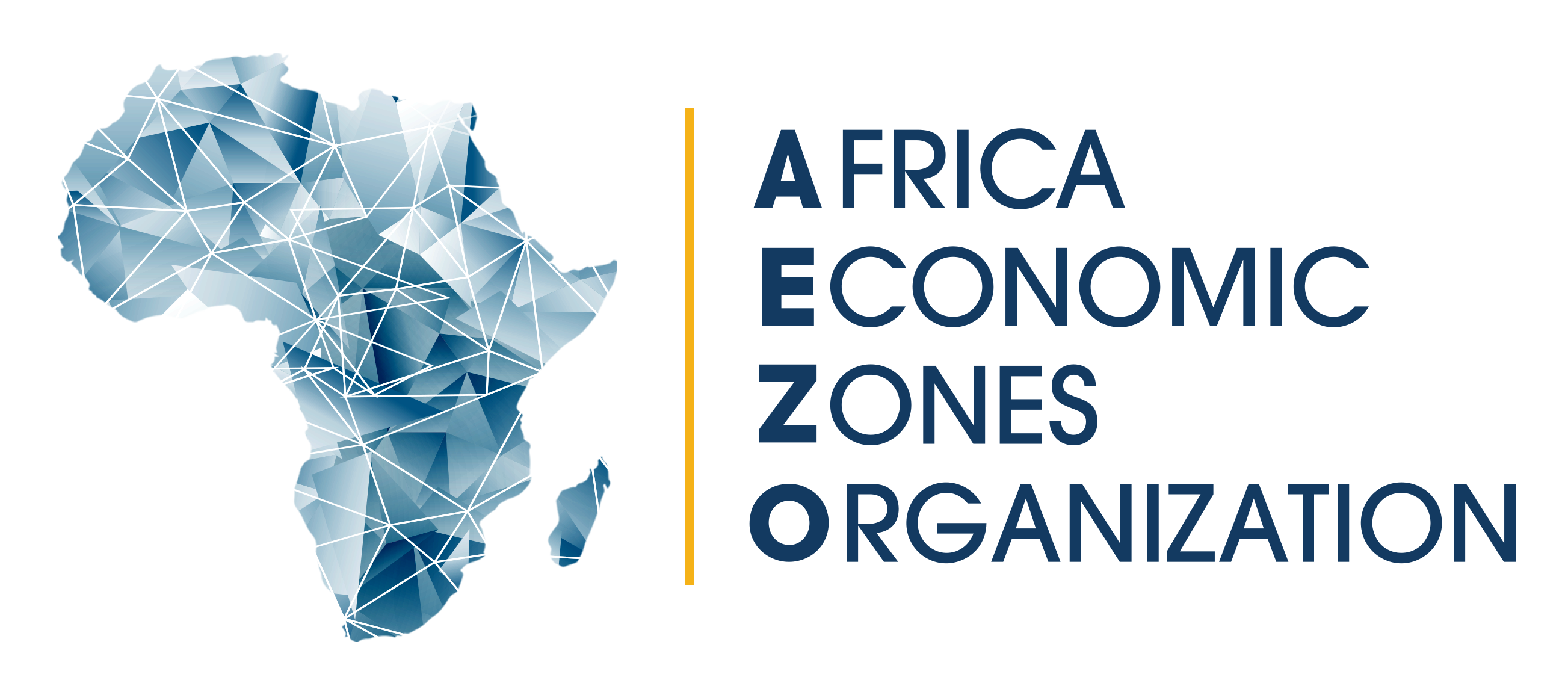The term ‘special economic zone’ (SEZ) covers all forms of a geographically demarcated area within a country, which functions with different administrative, regulatory and fiscal regimes to the rest of the country.
The different rules applied in these zones usually concern investment conditions, taxation and international trade regulations and typically aim to ensure that the business environment in demarcated zones is both more liberal from a policy perspective, and that rules applied are more efficient from an administrative perspective than those prevailing in the rest of the domestic economy (Dobrogonov and Farole 2012, Baissac 2011).
There are a growing number of SEZs with differing objectives, markets and activities. In addition, SEZs with similar characteristics are referred to differently from country to country. A comprehensive mapping and definition of different types of SEZs was not possible within the scope of this study, but would merit further work. Broadly SEZs can be grouped into the following three main categories:
- Free Trade Zones (FTZ) are a widespread type of SEZ located mostly along seaports, airports, major roads and railroads, or in border regions. FTZs are typically small, fenced-in, duty-free areas, offering warehousing, storage, and distribution facilities for trade.
- Export Processing Zones (EPZ) usually offer special incentives and facilities for manufacturing and related activities aimed mostly at export markets. In some countries industrial zones or parks fulfil these criteria, while in other countries industrial zones or parks mainly focus on the domestic market and may offer limited incentives.
- Multi-purpose zones (MPZ) also often referred to as ‘free ports’ are generally a much broader concept and typically encompass much larger areas– up to whole cities. They accommodate different types of activity, including manufacturing, housing, tourism and retail and provide a broad set of incentives and benefits.
- Employment creation can be achieved by SEZs in particular through the attraction of labour intensive manufacturing and service industries;
- Export growth and economic diversification can be facilitated through SEZs by attracting investment and establishing links to global supply chains;
- Foreign exchange earnings to meet a country’s import needs and provide the government with necessary resources for development through the attraction of foreign investors and the export of goods to other countries;
- Foreign Direct Investment through incentives provided by SEZs;
- Delimited geographical area
- Unique management structure or administration
- Physical infrastructure quality
- Distinct and effective customs provisions
- Streamlined procedures for business practice
- Technological learning, innovation and modernization
- Clear goals, good benchmarking and competition practices
- Vision and commitment of politicians and managers
- Experimental approach feeding on success
- Pragmatism, flexibility, autonomy and efficiency of local authorities / SEZ managers
- Incentives and protection against political interference
- Attractive conditions for Diasporas and Foreign Direct Investments
- Close links with national economy
(source: World Bank)
- Legal, Regulatory and Institutional Framework: Establishment of an overall framework adapted and respected by all operators.
- Commercial environment: rationalization of registration procedures, licensing, commercial logistics and customs clearance, to reduce the cost of doing business.
- Strategic planning and Demand-Side Approach: Opening of SEZs based on proven business interests and integration in national development plans.
- Infrastructures: reliable and cheap transport, energy, water and quality, telecommunications.
- Management and exploitation of zones: public and private sector involvement to ensure SEZs effective management and operation.
- Ownership and policy coherence: sustainable and claimed ownership by the authorities.
- Compensation and resettlement: fast and effective treatment for land acquisition or relocation complaints.
(source: World Bank)
